At Marcus, we offer high-quality powder-coated, plated, and painted castings to enhance the durability and appearance of your parts. Our well-equipped in-house casting facilities enable us to produce complex shapes with the highest degree of accuracy and consistency, ensuring our clients get the best possible results.


Powder coating is a dry finishing process that involves applying a thin layer of powdered paint to the surface of a casting. The powder is electrostatically charged, causing it to adhere to the part’s surface. The part is then heated in an oven, causing the powder to melt and flow into a smooth and durable coating.
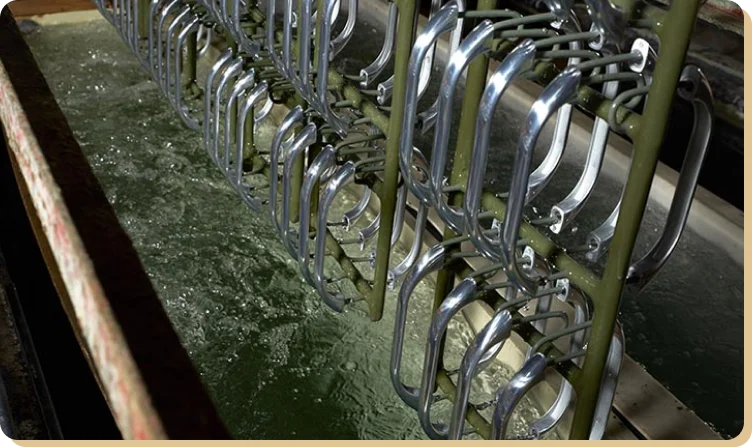
Plating is a process of electrodepositing a thin layer of metal onto the surface of a casting. The metal coating protects against corrosion and wear and tear, enhancing the part’s appearance.
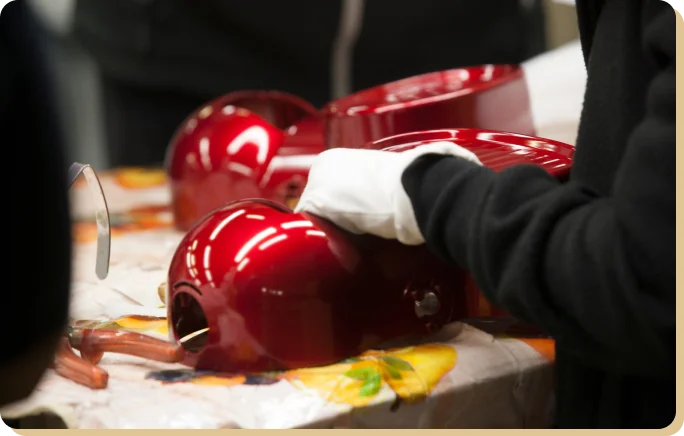
Painting is a process of applying a liquid coating to the surface of a casting. Paint protects against corrosion and wear and tear and can also enhance the appearance of the part. Painting is ideal for complex shapes and designs, as it can be applied to any surface regardless of its shape.
These processes are ideal for creating parts that require high durability and corrosion resistance. Some typical applications include –
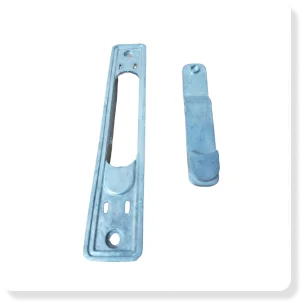
Fenestration Parts
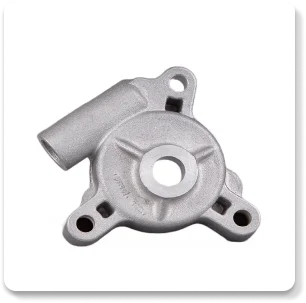
Automotive Parts
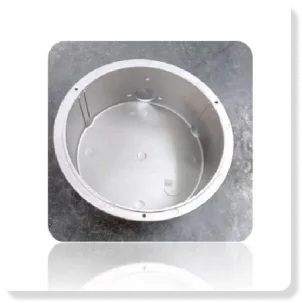
Electronic Components

Furniture parts
We ensure superior quality for products across Industries.
At Marcus, we have well-equipped manufacturing units and a team of skilled professionals with 40+ years of experience in high-pressure die casting. Our capabilities include the following –
Precision machining ensures that it meets the required tolerances and specifications.
We offer a range of secondary operations, including sub-assembly, trimming, leak testing, polishing, and plating, to provide a complete solution for your manufacturing needs.
Our rigorous process ensures that all our products meet industry standards and exceed client expectations.
With our in-house toolroom facilities, we can quickly deliver prototypes in short lead times.
Die casting is a manufacturing process where high-pressure forces molten metal into a mold cavity. The metal cools and solidifies, taking the shape of the mold. The mold is then opened, and the newly formed metal part is ejected.
Several finishing options are available for die-cast parts, including painting, plating, anodizing, and powder coating. These finishing options can help improve the appearance and durability of the parts and provide additional protection against corrosion and wear.
Marcus has a comprehensive quality control system in place to ensure that all parts produced meet or exceed customer requirements. This includes rigorous testing and inspection throughout the production process and ongoing monitoring and evaluation of quality metrics.
Yes, Marcus can provide custom tooling for die-casting projects. The company has in-house tooling capabilities and can work with customers to design and manufacture custom molds and tooling to meet their specific needs.
Marcus offers a range of design support services for die-casting projects, including design for manufacturability (DFM) analysis, 3D modeling, and prototyping. The company’s team of experienced engineers can work with customers to optimize their designs for the die-casting process and ensure that parts can be produced efficiently and effectively.
Painting involves applying a liquid paint to the casting’s surface, while powder coating and plating provide a more durable and long-lasting finish. Powder coating offers better resistance to chipping, fading, and corrosion, while plating adds a thin layer of metal for enhanced protection and aesthetics.
Our experienced team will contact you soon. Submit your requirement or raise an inquiry.
Tell us your query in detail.